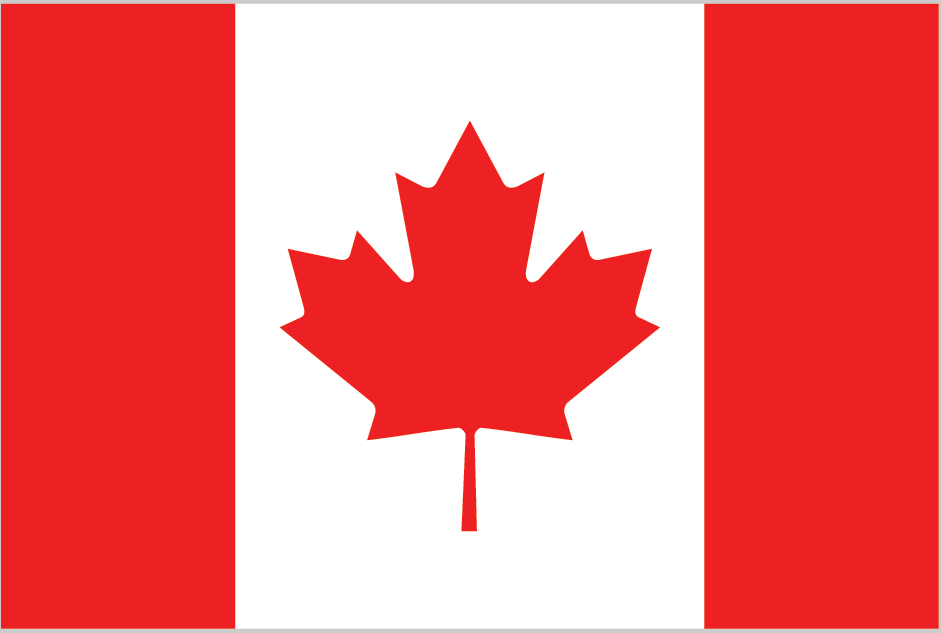
Sustainability Efforts
Country: Canada
Explore sustainability efforts in Canada. The United States Environmental Protection Agency (“EPA”) said it well when they state:
“Sustainability is based on a simple principle: Everything that we need for our survival and well-being depends, either directly or indirectly, on our natural environment. To pursue sustainability is to create and maintain the conditions under which humans and nature can exist in productive harmony to support present and future generations.”
About Canada
Canada, the second-largest country in the world, is renowned for its stunning natural landscapes, including the Rocky Mountains, Niagara Falls, and vast boreal forests. It is known for its multiculturalism, with a diverse population and a commitment to inclusivity. Canada has a strong economy, driven by industries such as natural resources, technology, and healthcare. The country offers high-quality education and healthcare systems. Canadians are passionate about ice hockey, maple syrup, and their national parks. Canada is also recognized for its progressive values, environmental stewardship, and commitment to human rights. Sustainability efforts in Canada will enhance the country’s future.
Sustainability Efforts
Toggle each button below to “open” and “close” the presented data.
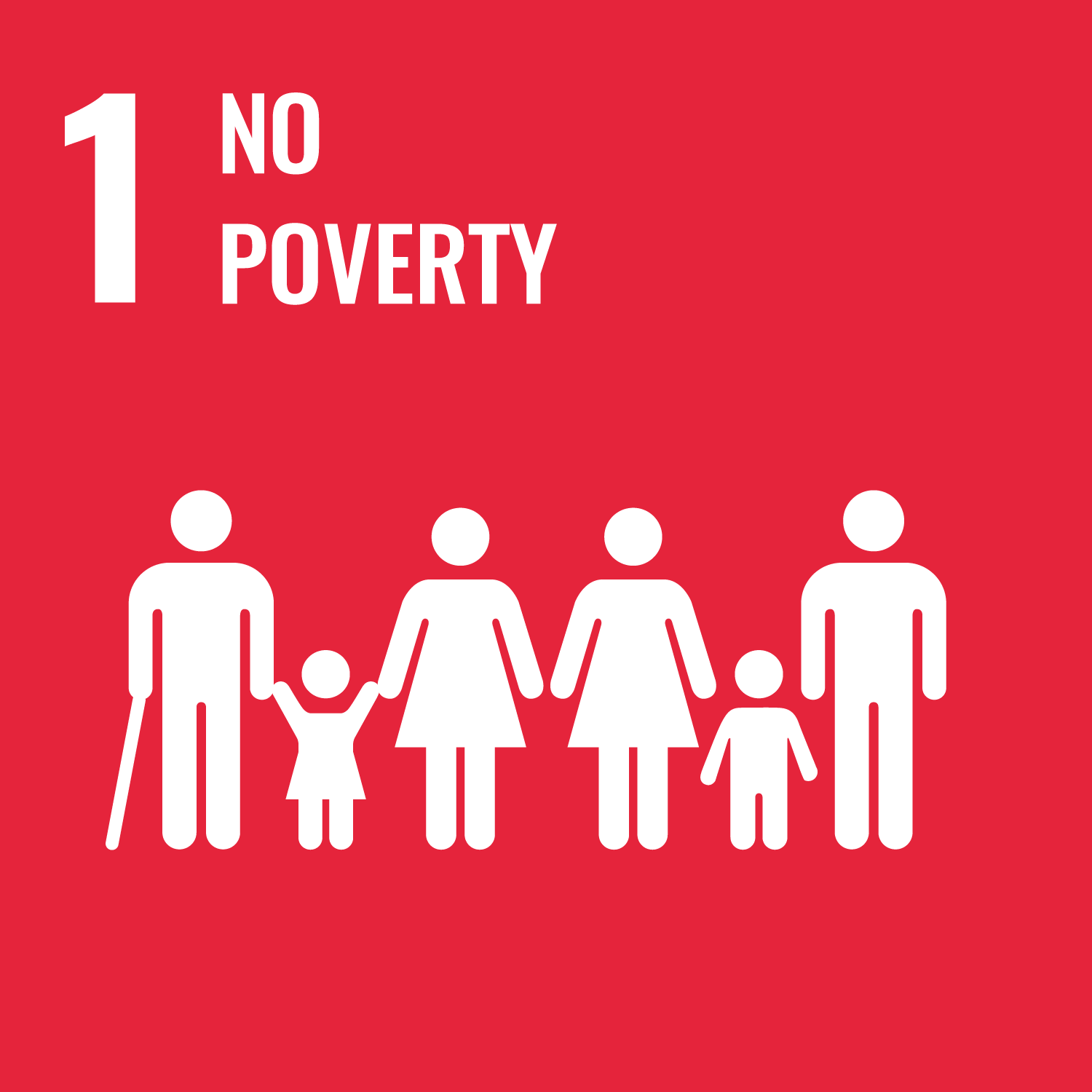
1. Poverty: Canada has implemented various social programs and policies to combat poverty and improve the well-being of its citizens. The government provides income support through programs such as the Canada Child Benefit and the Guaranteed Income Supplement for seniors. According to Statistics Canada, the poverty rate in Canada was 9.4% in 2019, representing a decline in poverty levels over the years.
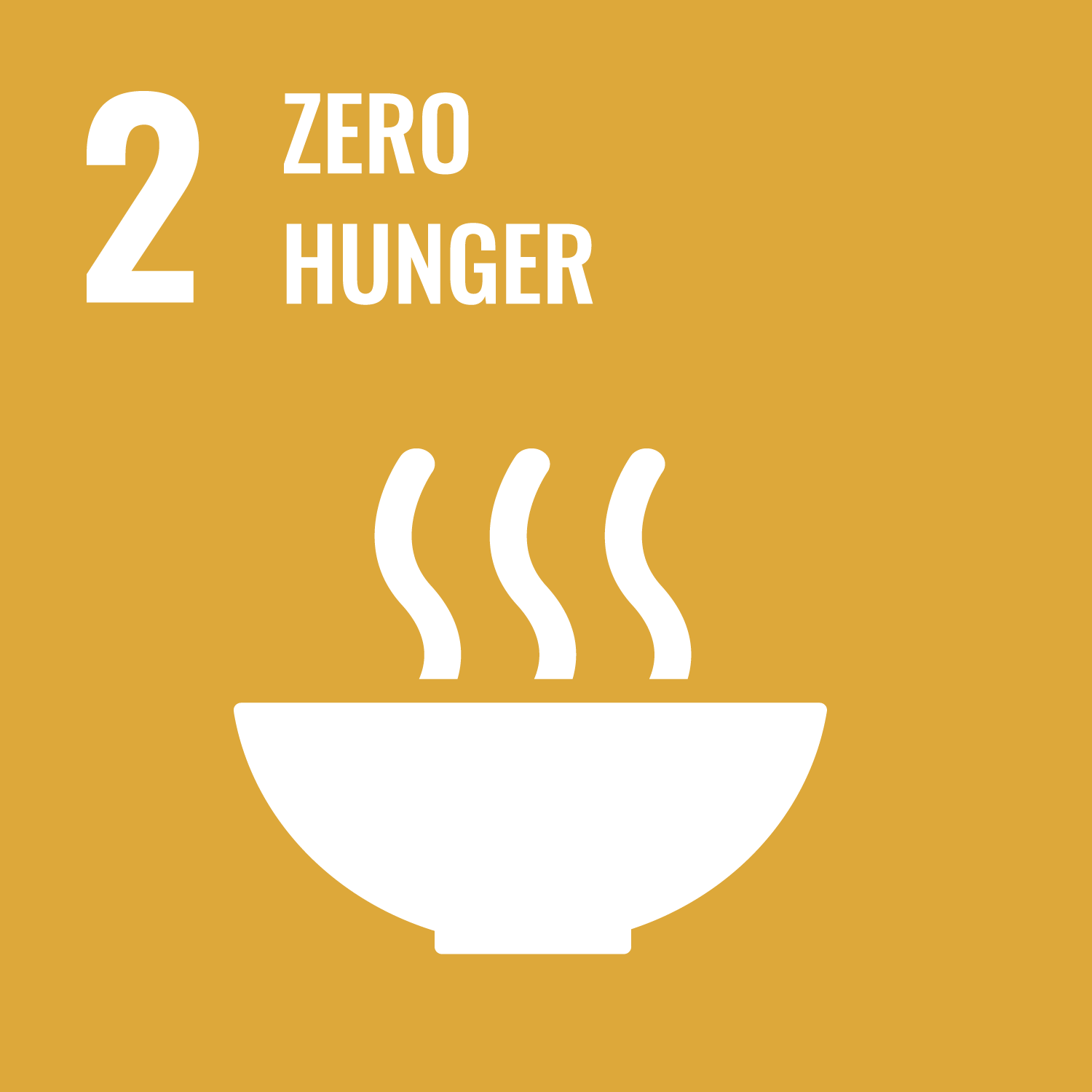
2. Hunger: While hunger is a concern in Canada, the country has initiatives in place to address food insecurity. Programs like the National School Food Program and the Canada Community Food Program fund projects to provide healthy meals to vulnerable populations. Food banks and community organizations also play a crucial role in distributing food to those in need.

3. Healthcare: Canada has a publicly funded healthcare system known as Medicare, which ensures access to essential medical services for all residents. The government invests in healthcare infrastructure, medical research, and health promotion programs. Canadians benefit from comprehensive medical coverage, although challenges such as wait times and access to specialized services persist.
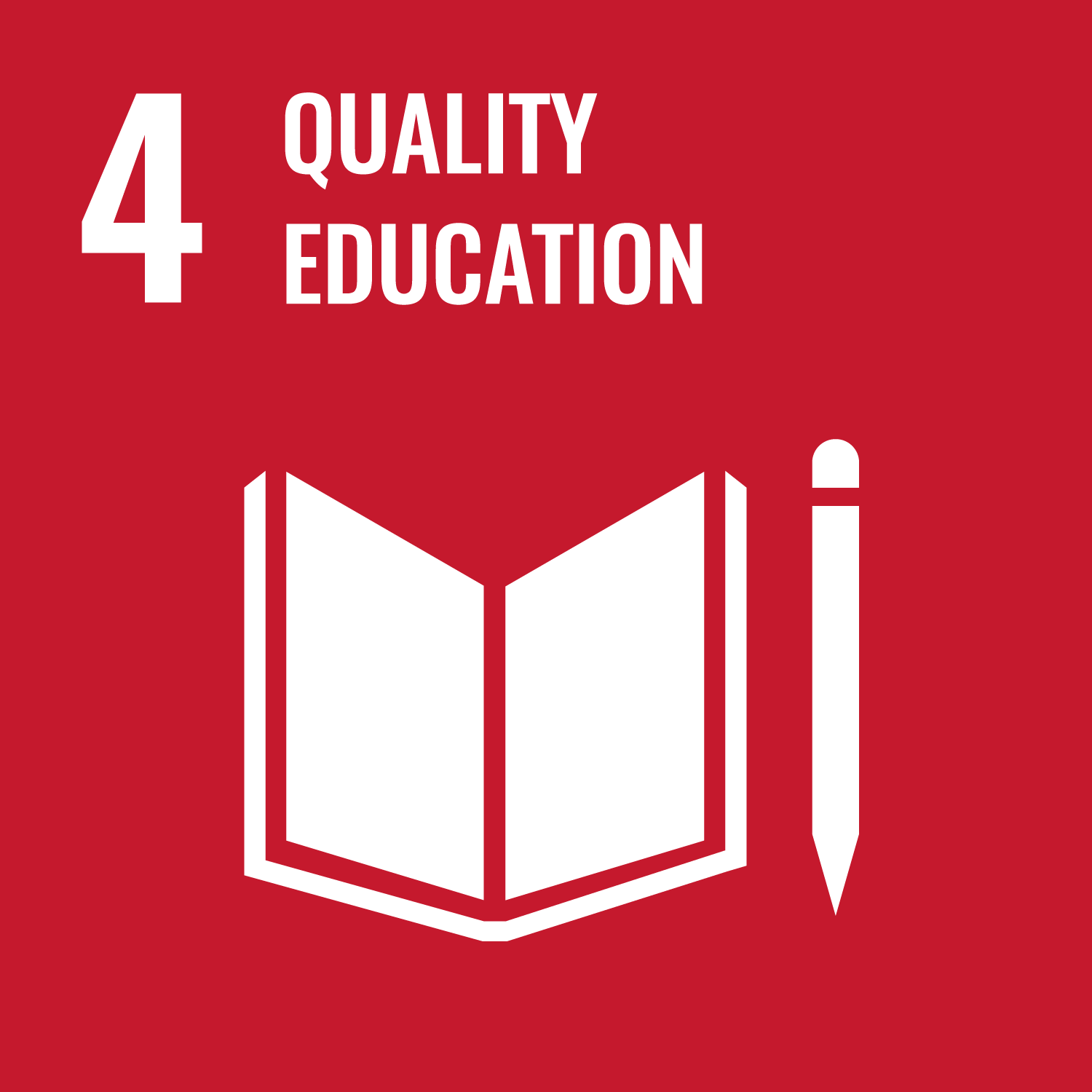
4. Education: Education is a priority in Canada, and the government invests significantly in the education system. Public education is accessible and free for children and adolescents, and there are numerous post-secondary institutions offering a wide range of programs. Canada consistently ranks high in international assessments of student performance.
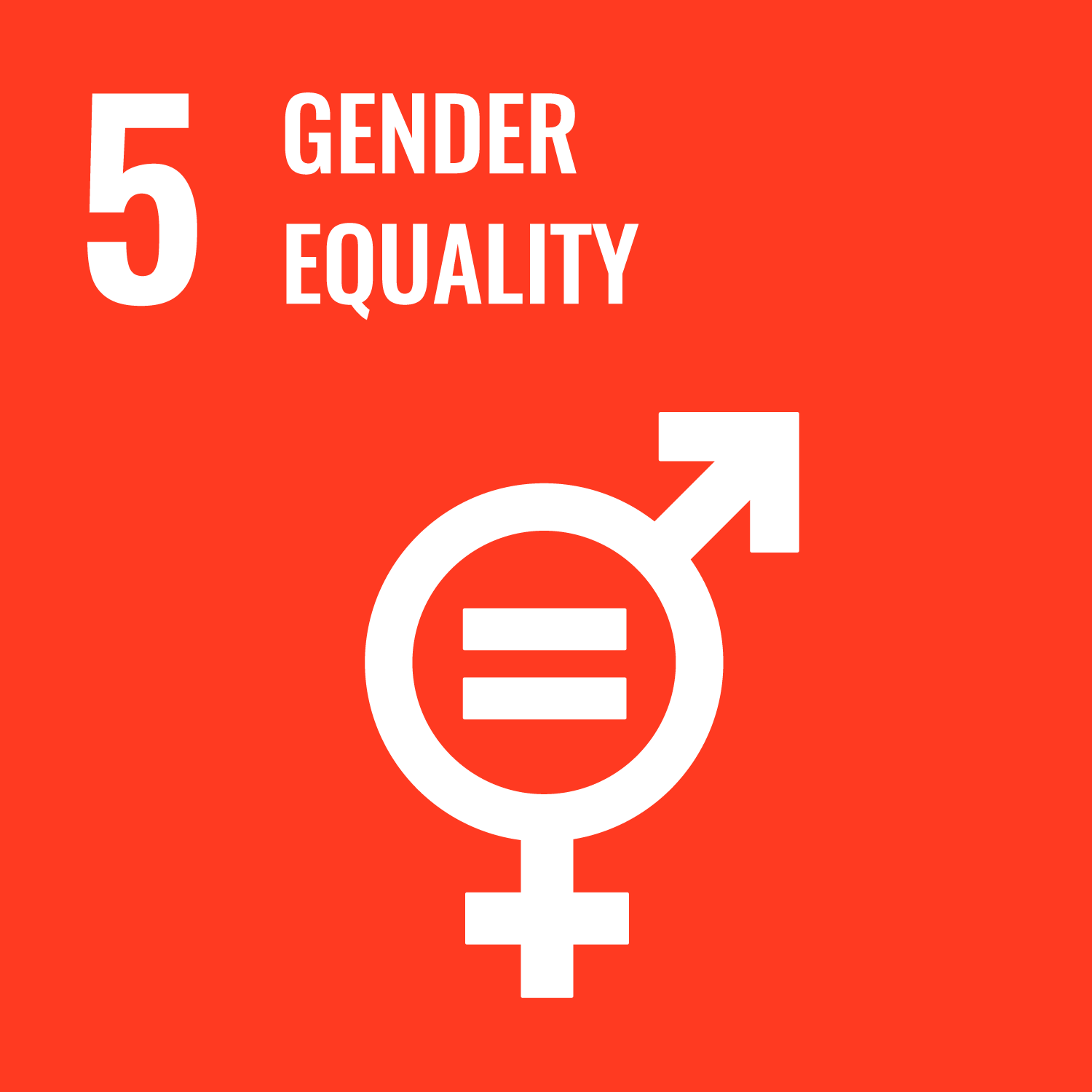
5. Gender Equality: Canada is committed to achieving gender equality. The government has implemented policies and legislation to promote women's rights, address gender-based violence, and increase women's representation in leadership positions. Efforts are underway to close the gender wage gap and ensure equal opportunities for all genders.
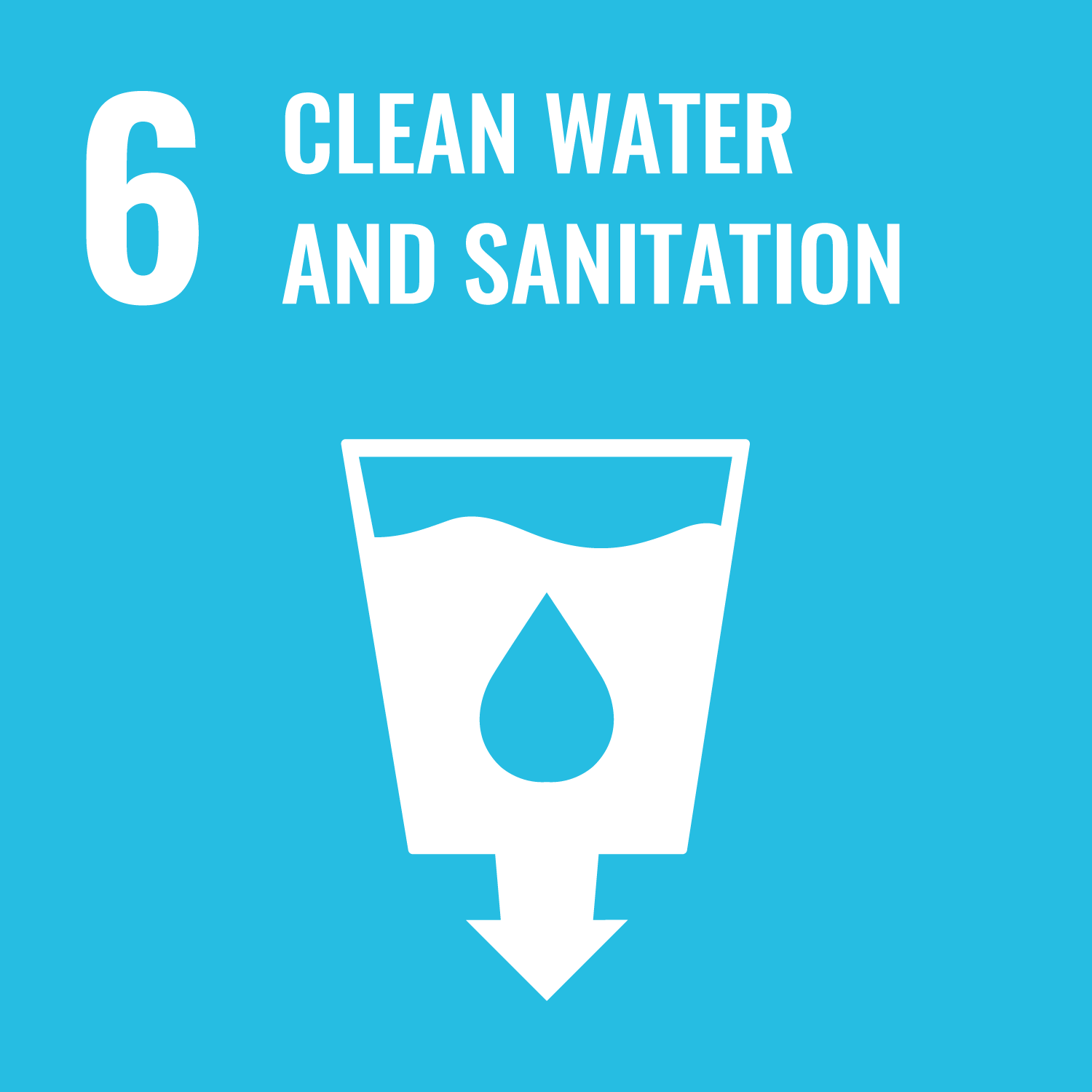
6. Clean Water Sanitation: Access to clean water and sanitation is a fundamental right in Canada. The country has stringent regulations to ensure the safety and quality of drinking water. The government works with municipalities and Indigenous communities to improve water infrastructure and address any contamination issues. However, challenges persist in some remote Indigenous communities, requiring continued efforts.
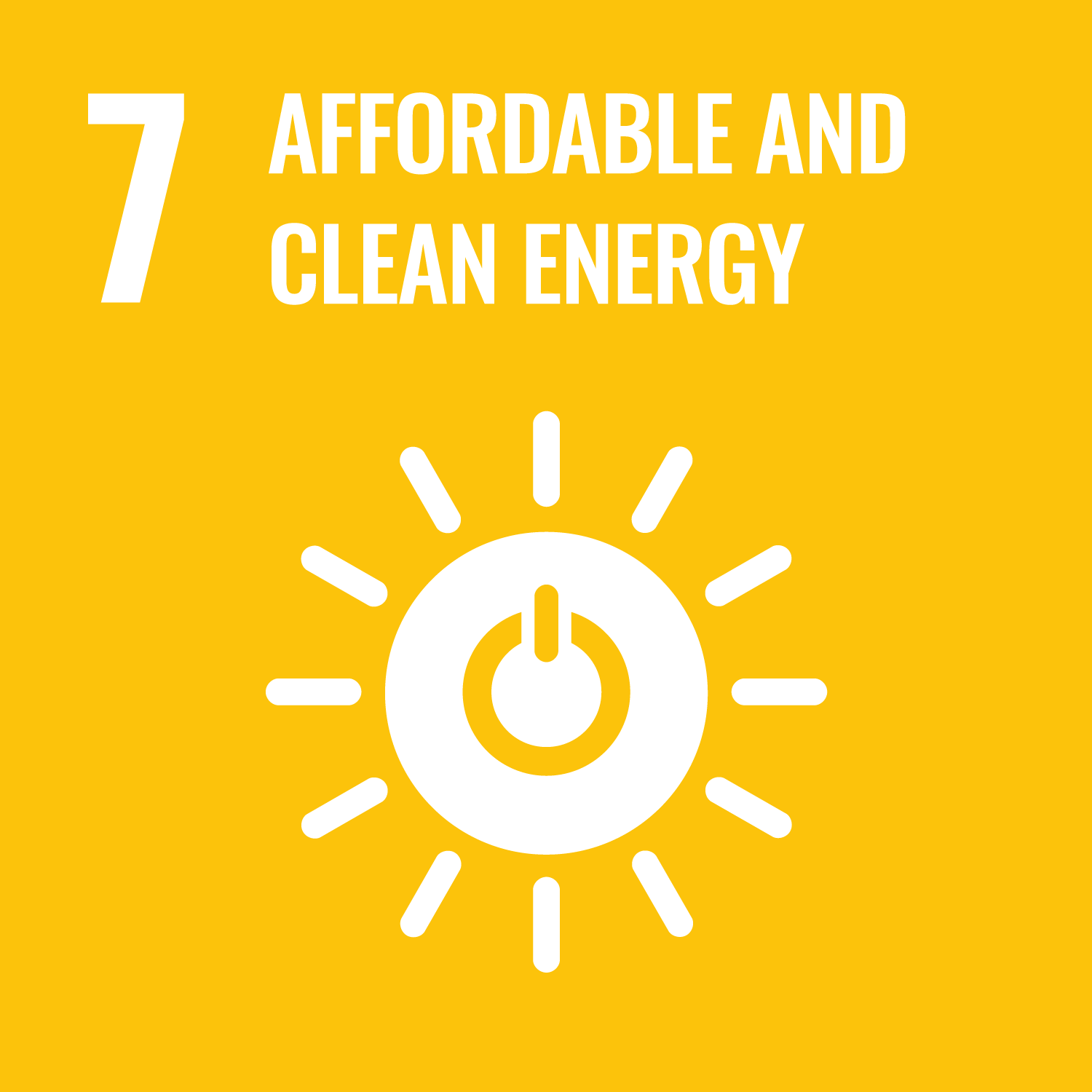
7. Affordable Clean Energy: Canada is making significant strides in transitioning to affordable clean energy sources. The government has implemented renewable energy programs and initiatives to reduce greenhouse gas emissions. The country is rich in renewable resources such as hydroelectric power, wind, and solar energy, making it well-positioned for a sustainable energy future.
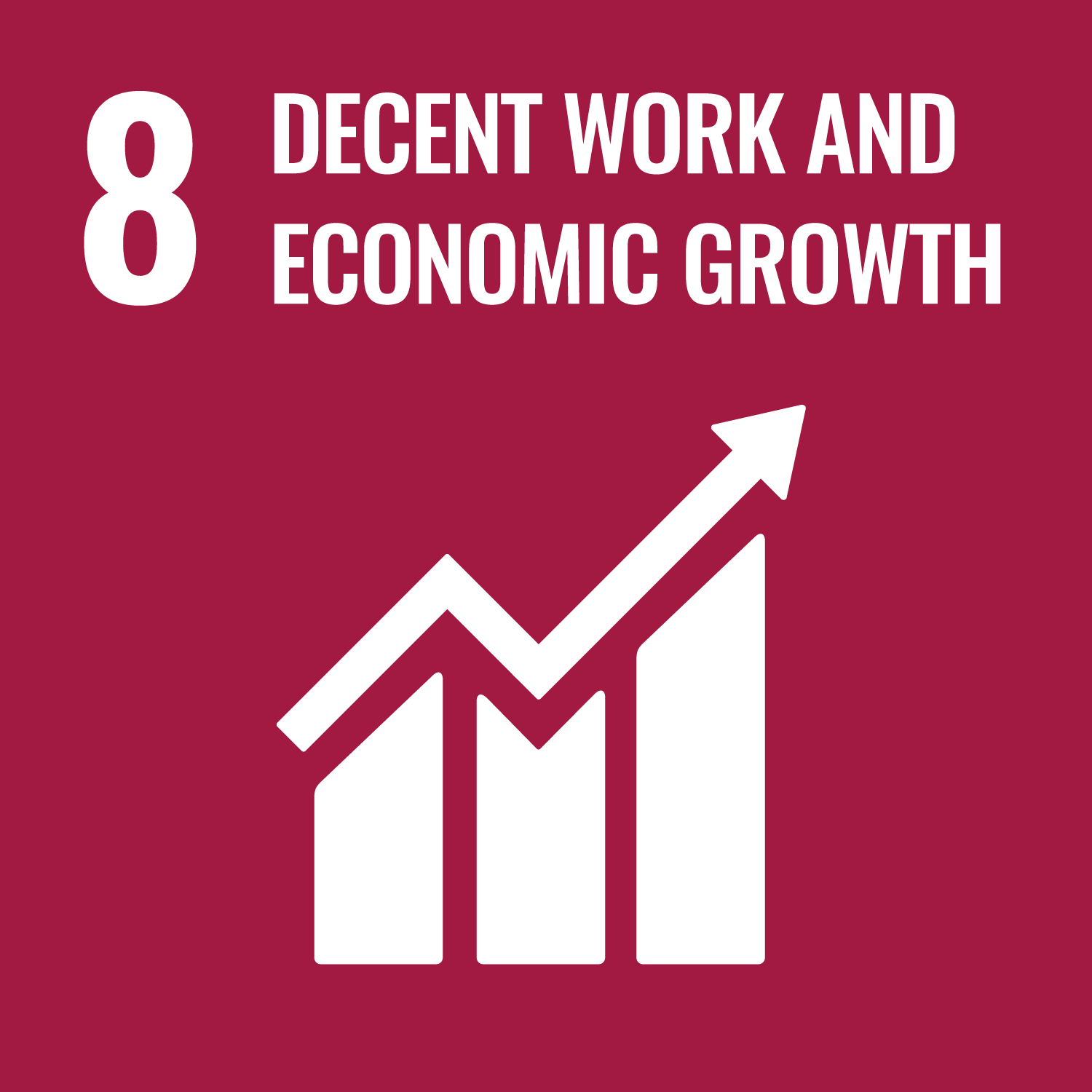
8. Economic Growth: Canada has a strong and diverse economy, with a focus on sustainable economic growth. The government supports business development, trade, and innovation through various programs and incentives. Canada's GDP has shown consistent growth over the years, with sectors like technology, manufacturing, and natural resources playing a crucial role in driving economic expansion.
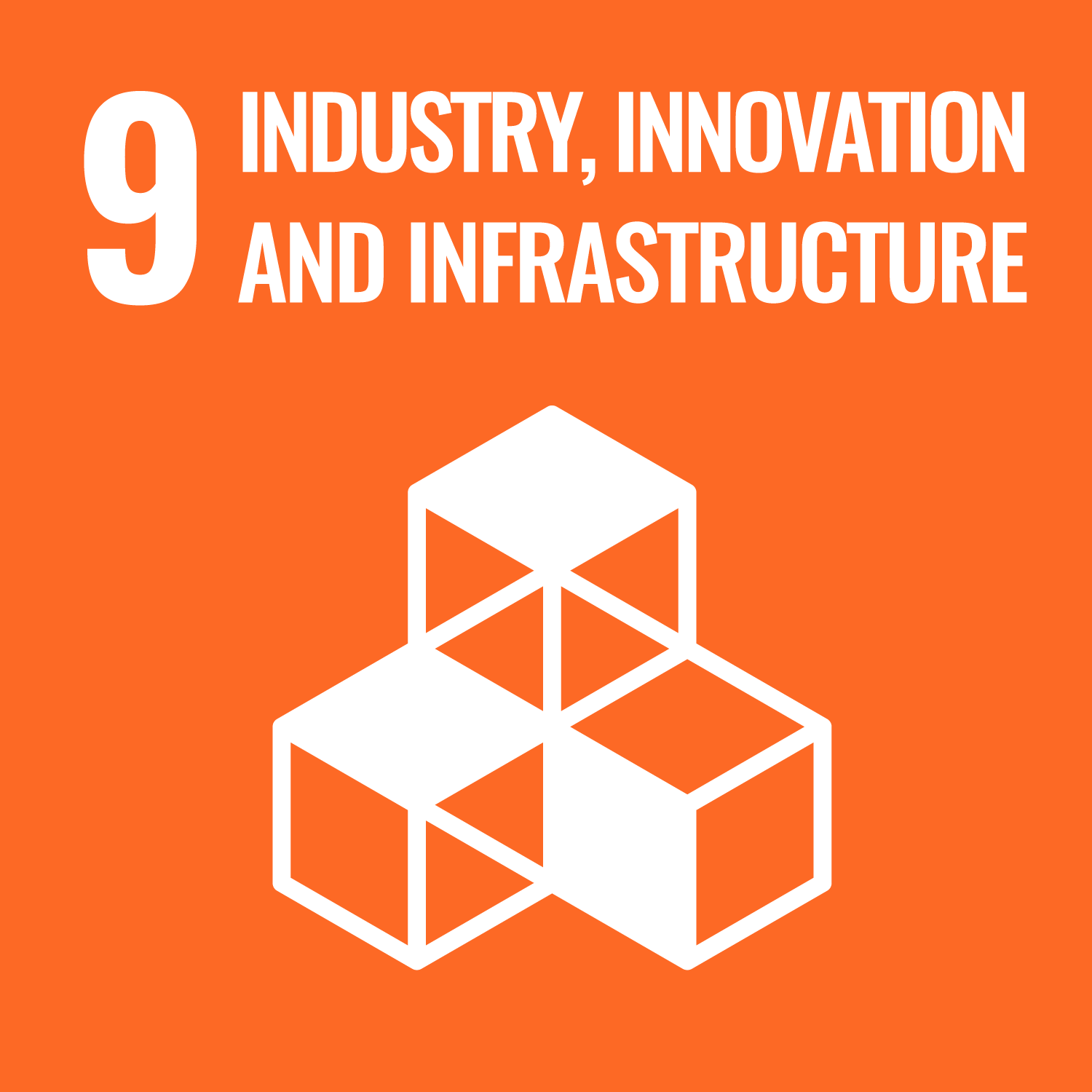
9. Industry Innovation: Canada promotes industry innovation through investments in research and development, partnerships with academic institutions, and support for emerging industries. The country encourages technological advancements, entrepreneurship, and sustainable practices to drive innovation and economic competitiveness.
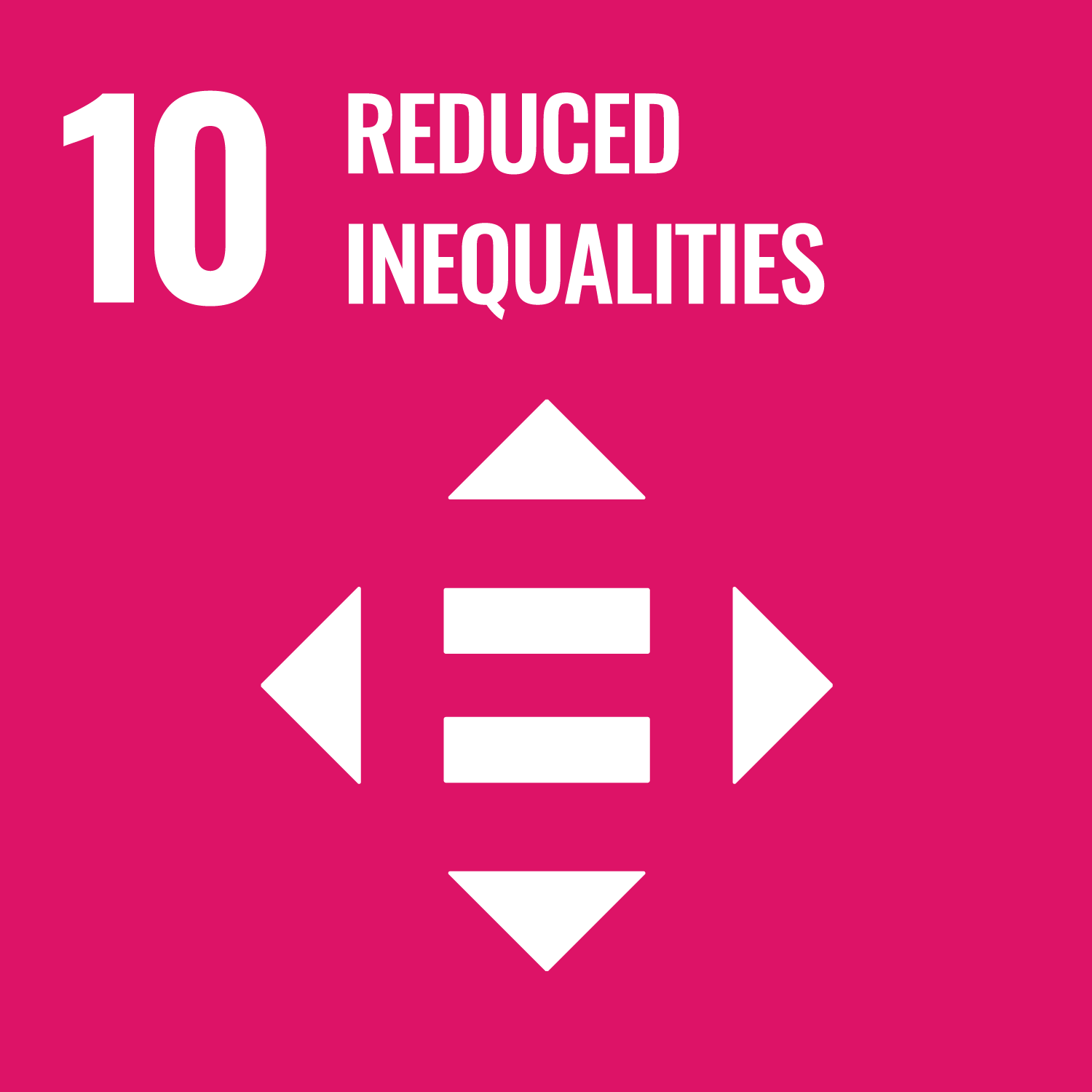
10. Reduced Inequalities: Canada aims to reduce inequalities and promote social inclusivity. The government has implemented policies to address income disparities, improve access to social services, and support marginalized populations. Efforts are underway to address systemic discrimination and create equal opportunities for all Canadians.
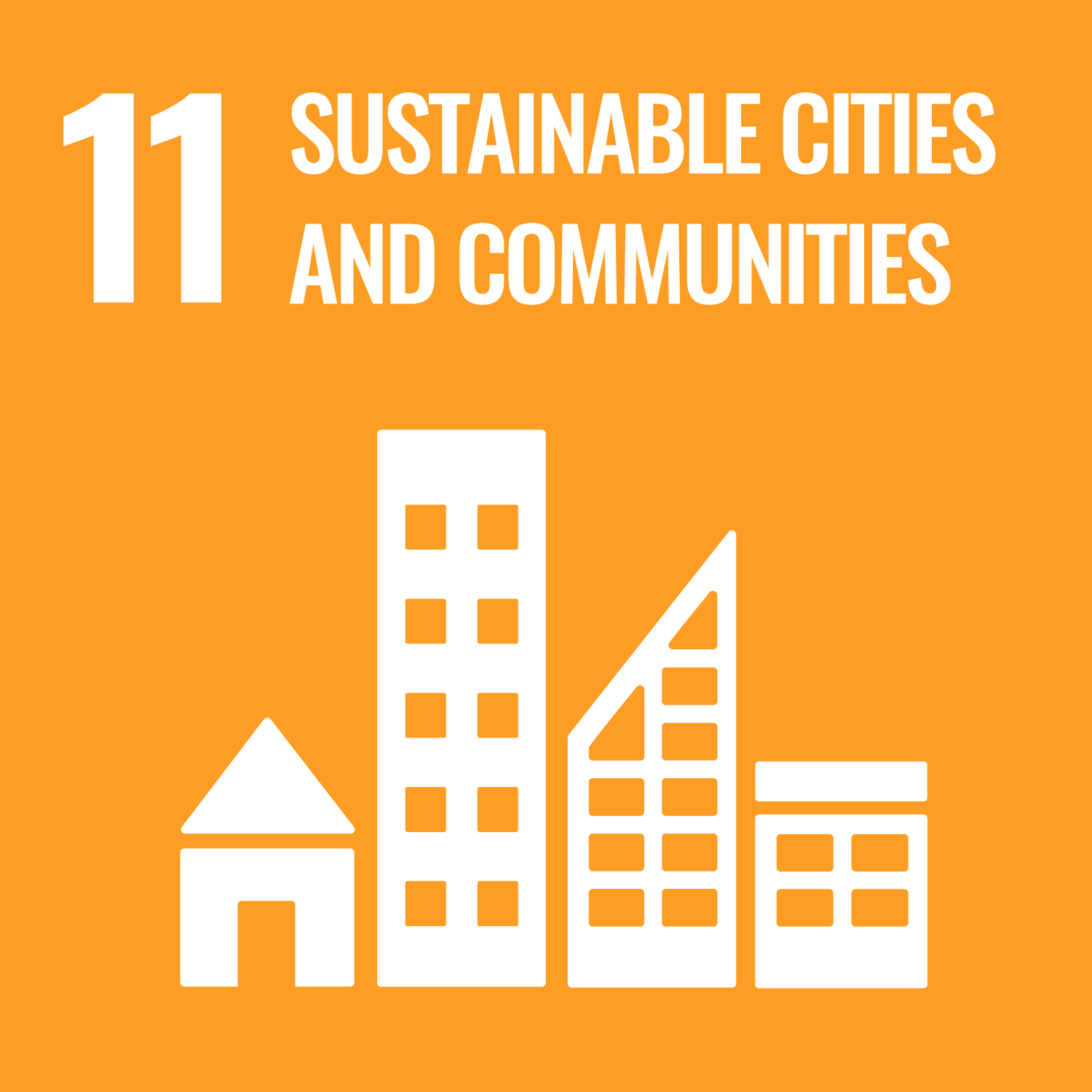
11. Sustainable Cities: Canada is committed to building sustainable cities and communities. The government promotes green infrastructure, transit-oriented development, and energy-efficient buildings. Initiatives like the Canada Infrastructure Bank fund projects that support sustainable urban development and reduce environmental impacts.
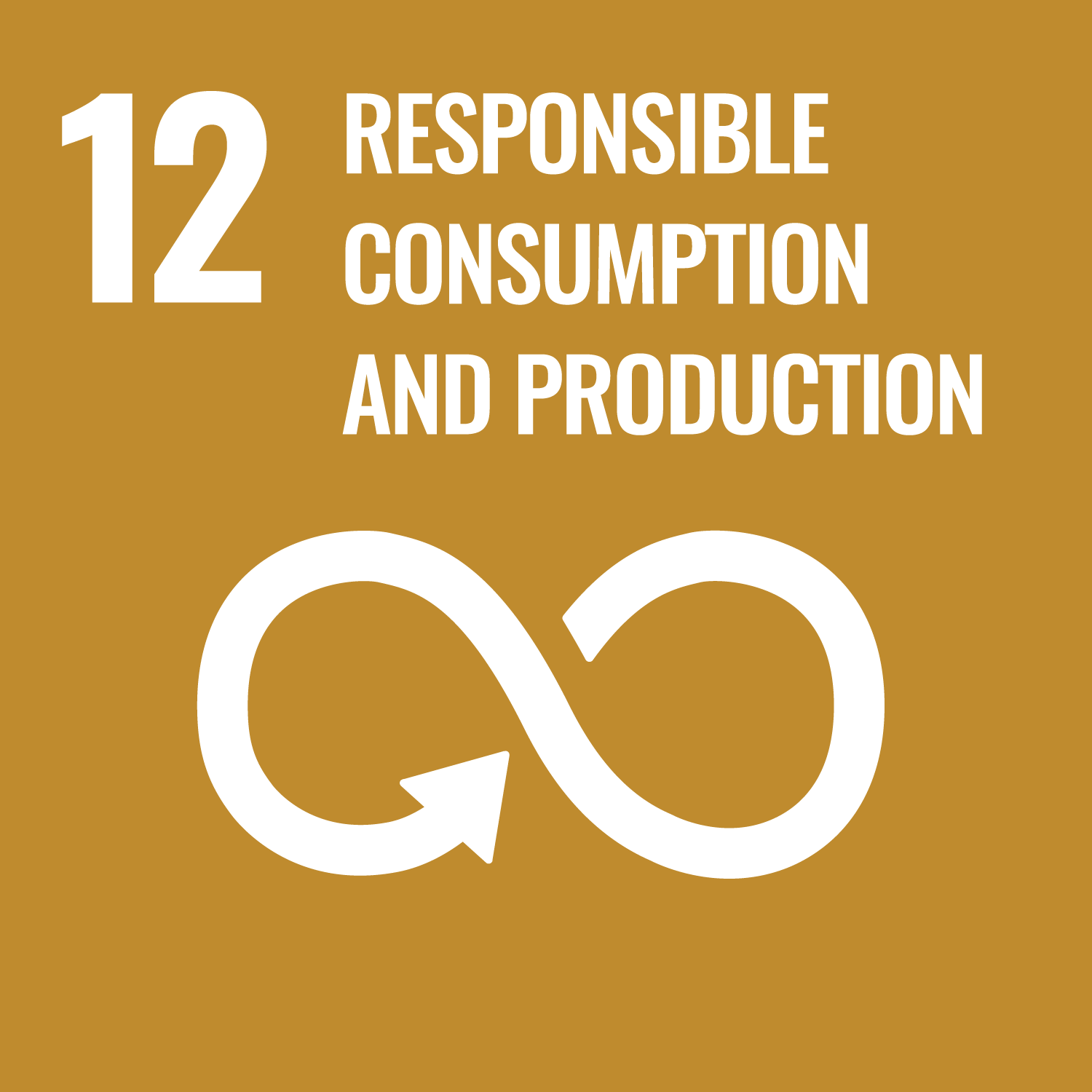
12. Responsible Consumption and Production: Canada emphasizes responsible consumption and production practices. The government implements regulations and initiatives to promote recycling, waste reduction, and sustainable resource management. Efforts are being made to educate the public on responsible consumption choices and encourage businesses to adopt sustainable production practices.
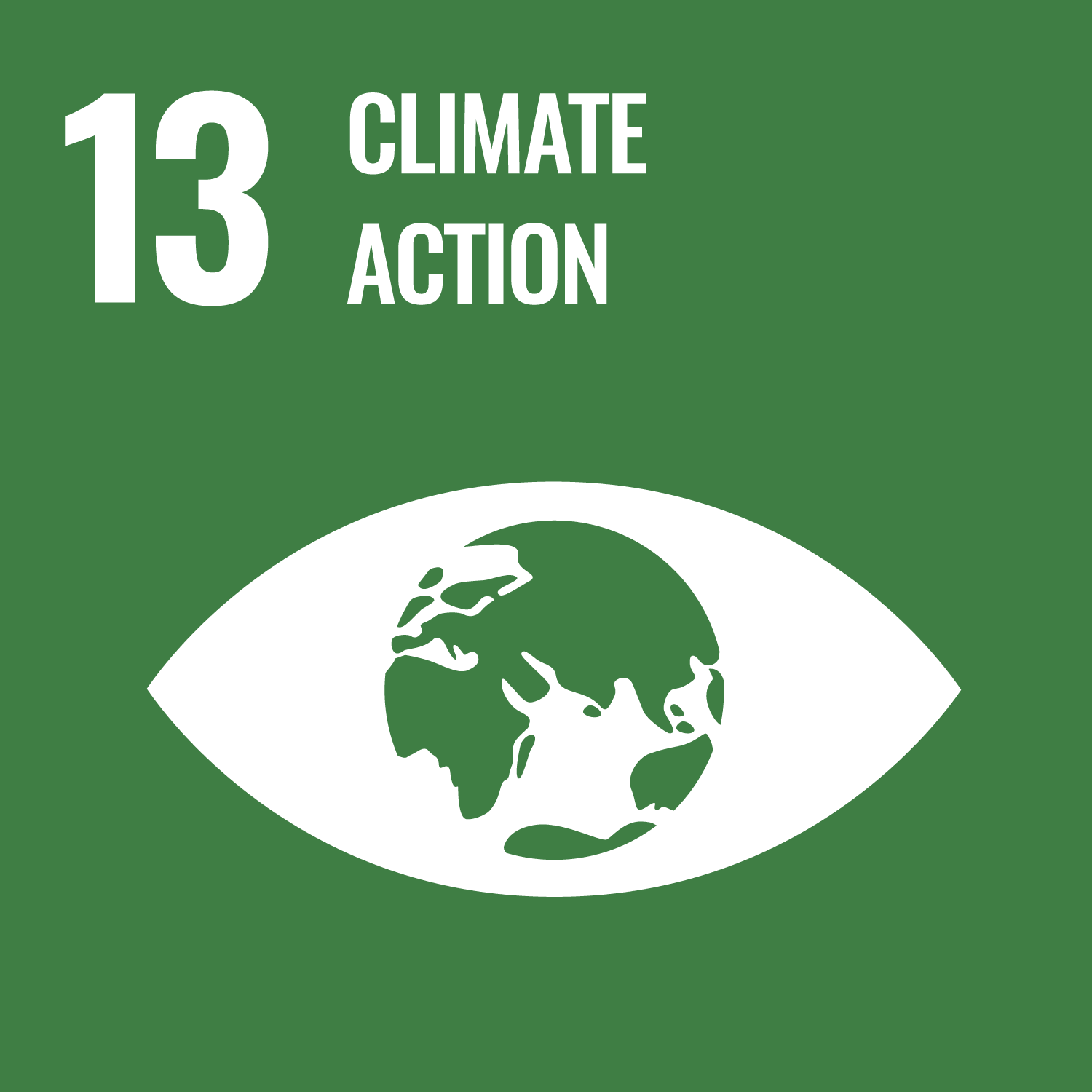
13. Climate Action: Canada acknowledges the importance of climate action and has committed to reducing greenhouse gas emissions. The country is a signatory to the Paris Agreement and has implemented measures to transition to a low-carbon economy.
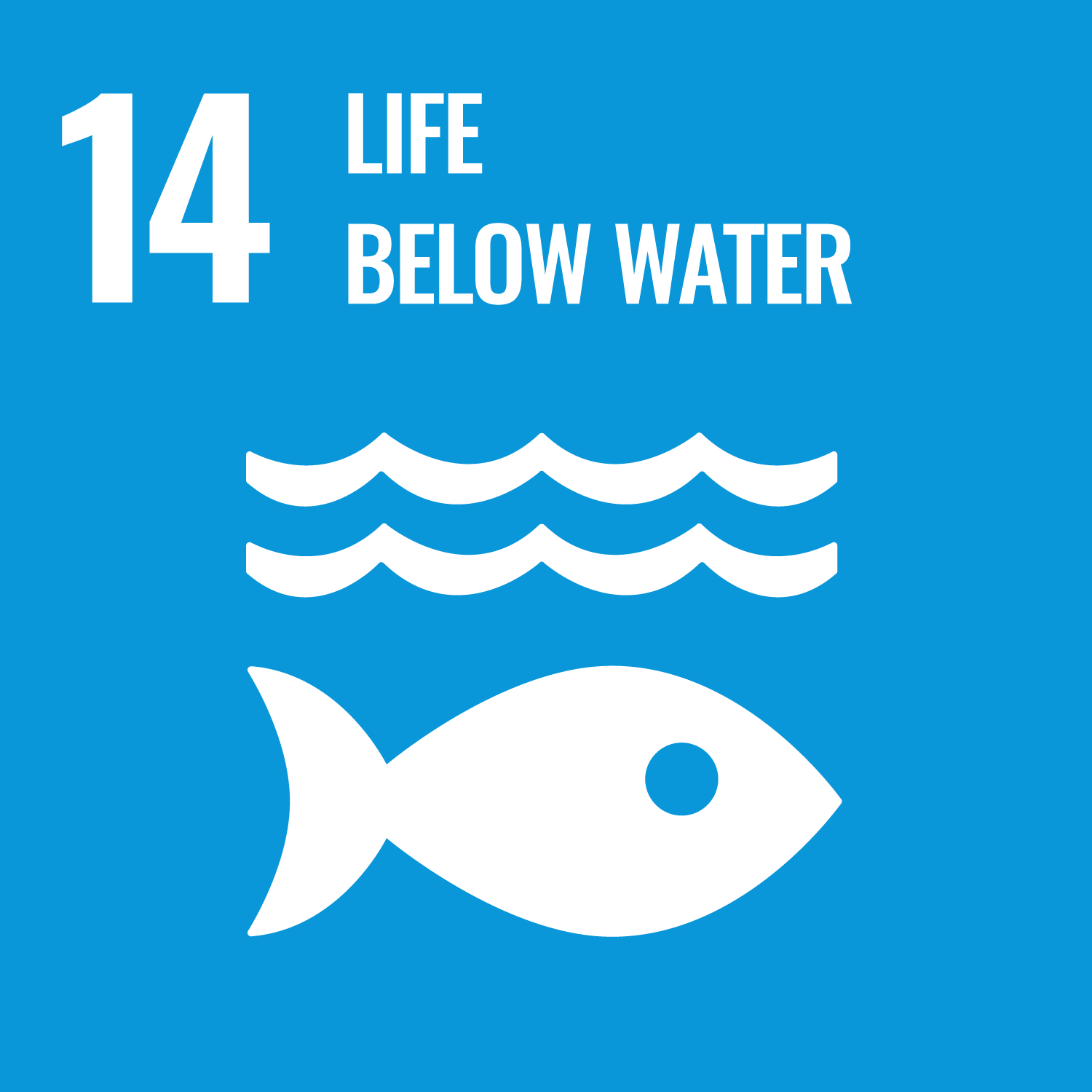
14. Aquatic Environment: Canada is home to vast aquatic environments, including lakes, rivers, and coastlines. The government works to protect these ecosystems through regulations, conservation initiatives, and marine protected areas. Efforts are made to monitor water quality, preserve biodiversity, and manage fisheries sustainably.
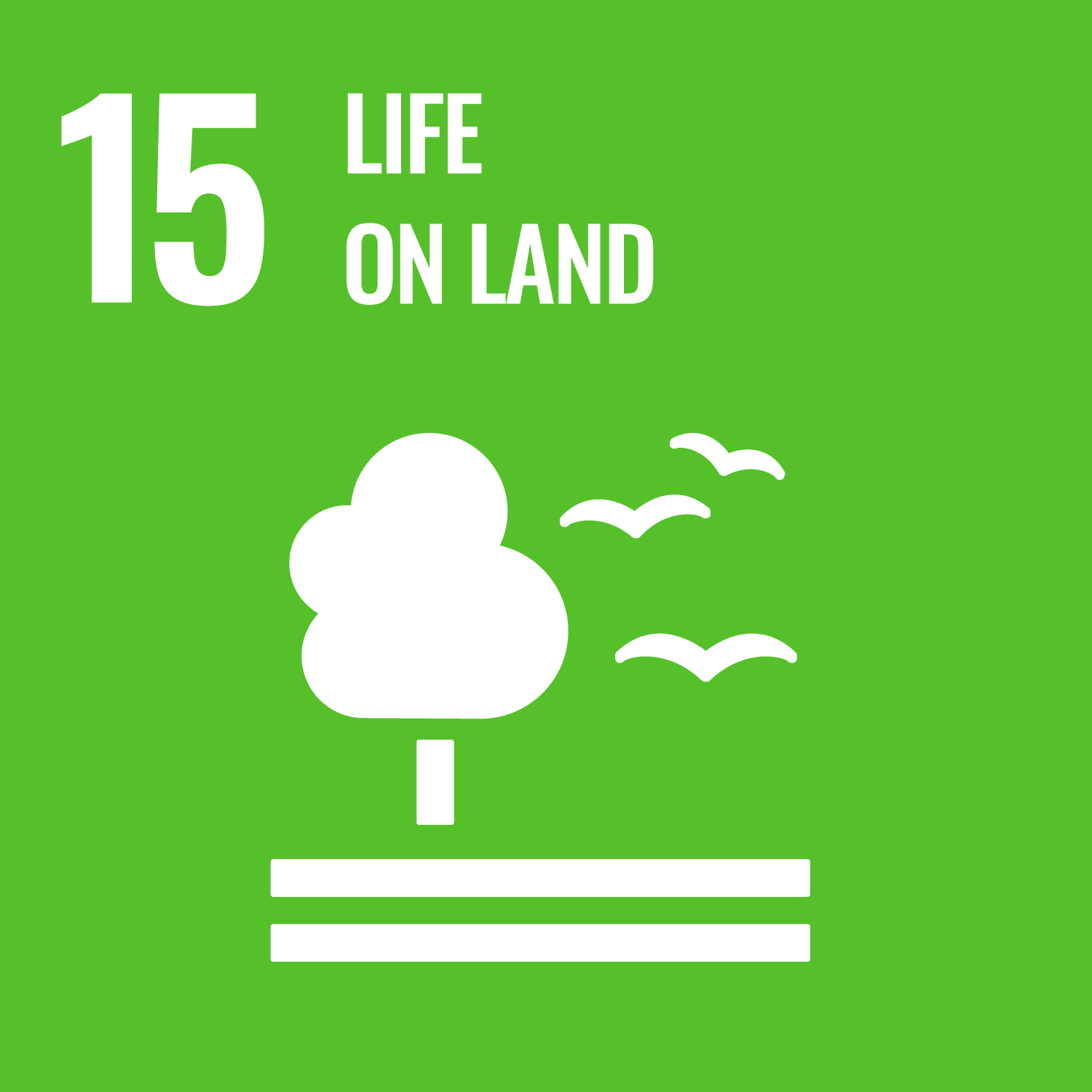
15. Natural Environment: Canada has a rich natural environment, including forests, mountains, and wildlife habitats. The government establishes national parks, conservation areas, and protected lands to preserve biodiversity and promote sustainable land management practices. Initiatives are in place to address deforestation, habitat loss, and species conservation.
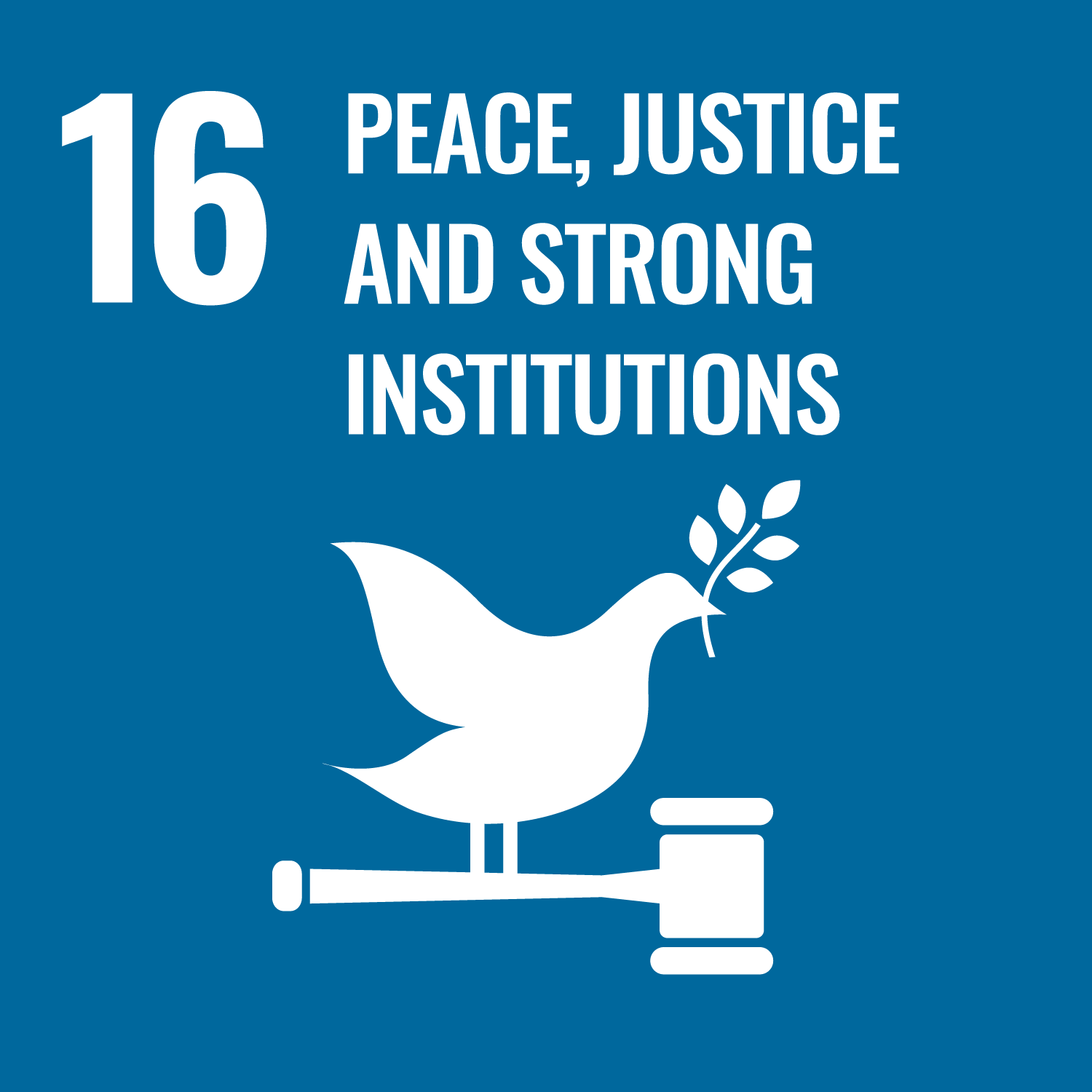
16. Peace and Justice Institutions: Canada places a strong emphasis on peace, justice, and the rule of law. The country has a robust legal system, independent judiciary, and law enforcement agencies to uphold justice and ensure public safety. Efforts are made to address social issues, promote human rights, and provide equal access to justice for all Canadians.
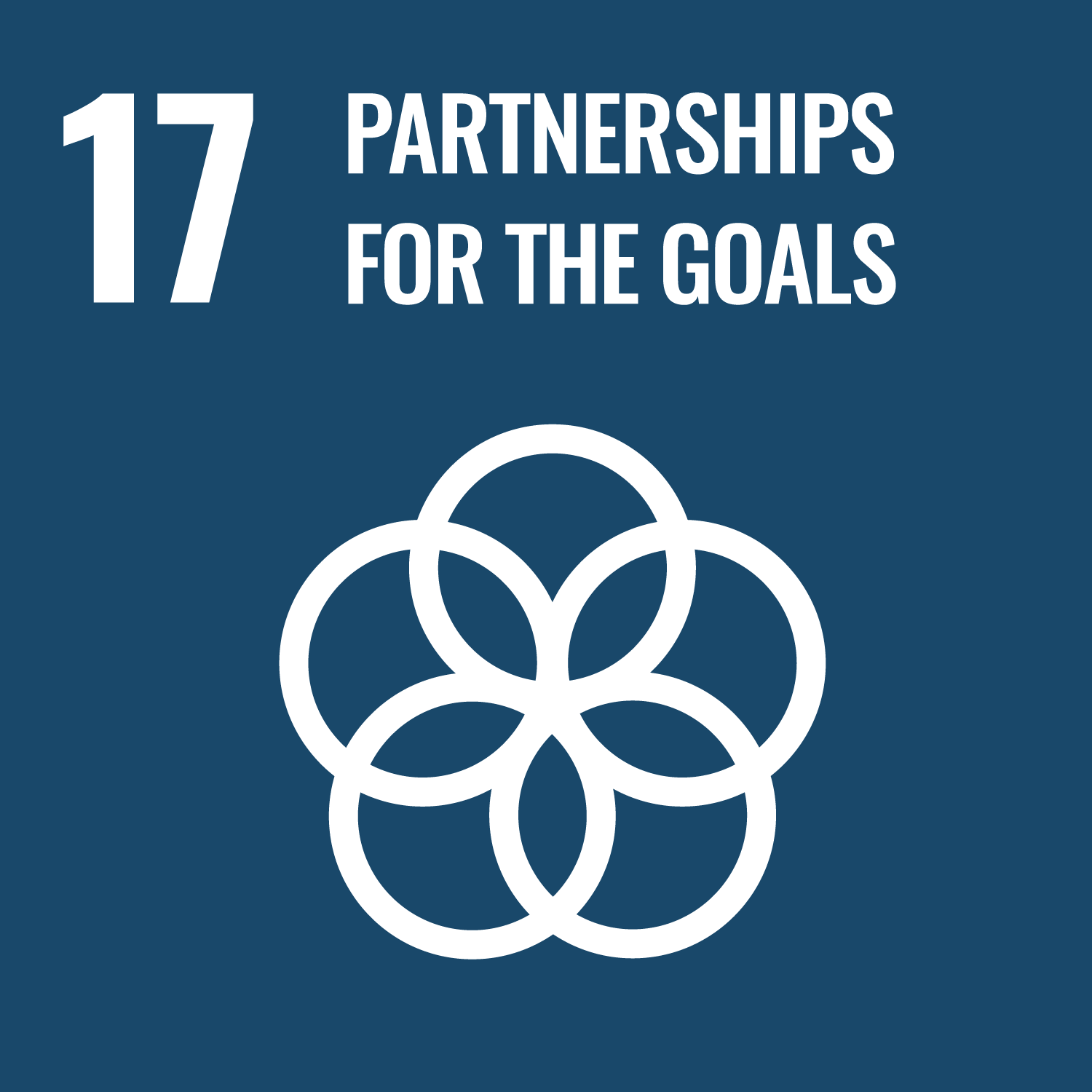
17. Partnerships for the Goals: Canada actively engages in partnerships to achieve sustainable development goals. The government collaborates with international organizations, non-governmental organizations, and other countries to address global challenges. Through partnerships, Canada works towards poverty eradication, environmental conservation, and social progress on a global scale.



